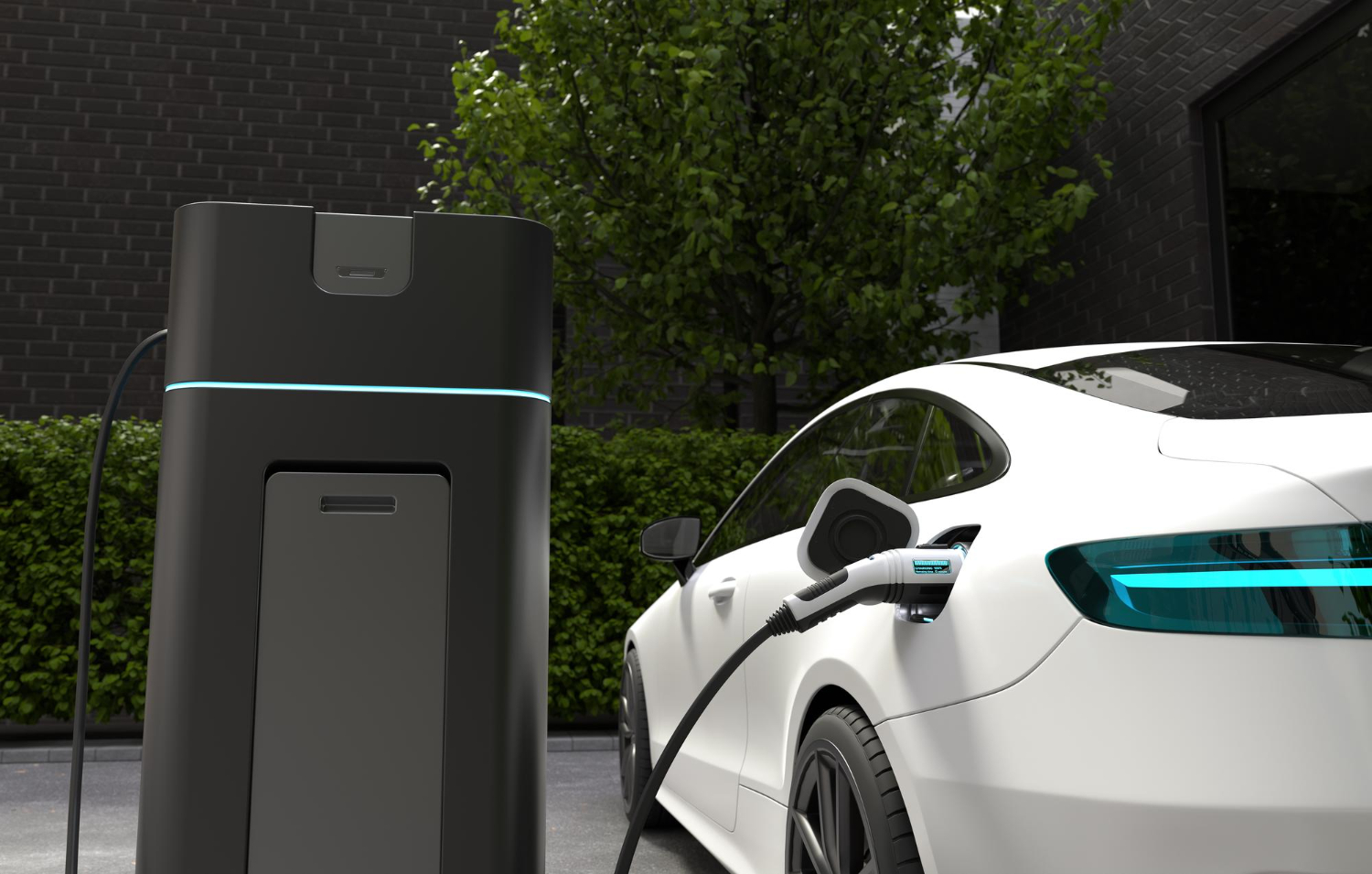In today’s sustainable society, electric vehicles have become increasingly popular, with electric cars being one of the most prominent choices. This development provides us with an opportunity to reduce greenhouse gas emissions and create a cleaner future for generations to come. An essential aspect of owning an electric vehicle is knowing how to charge it correctly. In this guide, we will explore best practices for charging your electric vehicle at home and provide you with valuable advice to maximize efficiency.
How to charge an electric vehicle properly
Charging your electric vehicle requires a thorough understanding of the process to achieve optimal performance and battery life. Here are some key concepts and tips that all electric vehicle drivers should be aware of:
Charging an electric vehicle – basic concepts
- Standard outlet: Most electric vehicles come with a charging cable that fits standard outlets. This is the simplest way to charge your electric vehicle at home. An example of a modern home charger for electric cars is Futurehome Charge.
- Charging cable: Your electric vehicle will likely come with a charging cable, but it may be wise to invest in an additional, longer cable for added convenience.
- The 80 percent rule: By planning your charging sessions correctly and avoiding charging the battery to 100% every time, you can extend the battery’s lifespan and avoid using too much power over the long term.
- Dedicated circuit: When considering home charging, also assess whether a dedicated circuit for charging is necessary in your electrical system. This ensures that you have sufficient capacity to charge the car without overloading your home’s existing electrical network.
- Charging power and current: Adjust the charging power according to your daily needs. Higher power means shorter charging times but may require an upgrade to your home’s electrical system. Consider consulting an electrician to ensure your facility can handle the additional load.
- Charging speed: An increasing number of electric vehicles support fast charging, significantly reducing charging times compared to standard charging. This is especially convenient when time constraints are a concern.
Charging your electric vehicle at home
Charging your electric vehicle at home also requires attention to electrical systems and power consumption. Here are some tips to optimize this process:
- Charging schedule: Develop a charging schedule for home charging based on your driving patterns and energy requirements. This can help minimize electricity costs while ensuring the battery is always ready for use.
- Overnight charging: For many electric vehicle drivers, overnight charging is a convenient solution that saves time and energy. Electricity rates are often lower at night, and charging over an extended period puts less strain on your home’s electrical system.
- Zone allocation: Some homes have an electrical infrastructure that allows for zone allocation. This can be especially useful if you have a large home with high power consumption. Assigning a dedicated zone for electric vehicle charging can help avoid overloading.
- Use a dedicated charging cable: Having a dedicated charging cable for your electric vehicle ensures a reliable and safe charging experience at home. This also eliminates the need to connect and disconnect the cable every time you charge.

Charging on the go
When you’re on the move, you’ll often need to rely on public charging stations. Here are some tips for charging your electric vehicle correctly while out and about:
- Plan your route: Ensure you plan your route so that you can stop at charging stations along the way. This provides a seamless driving experience without worries of running out of power.
- Carry charging cables: It’s a good practice to carry a variety of charging cables in your luggage, as different stations may have different connectors.
- Choose reputable charging stations: Always select reliable and well-known charging stations to reduce the risk of issues during charging.
How to properly charge your car – summary
Properly charging your electric vehicle is essential for maintaining battery health and ensuring a trouble-free driving experience. Remember to follow the best practices for home charging and charging on the go, and make sure you have access to the necessary charging cables and adapters. This will help make the transition to electric driving as smooth and efficient as possible.
The electric vehicle revolution continues to grow, and with more electric cars on the roads, it’s more important than ever to understand how to charge your electric vehicle correctly. By following the advice and best practices outlined in this guide, you can contribute to reducing environmental impact and make the most of your electric driving experience.
Back to blog list